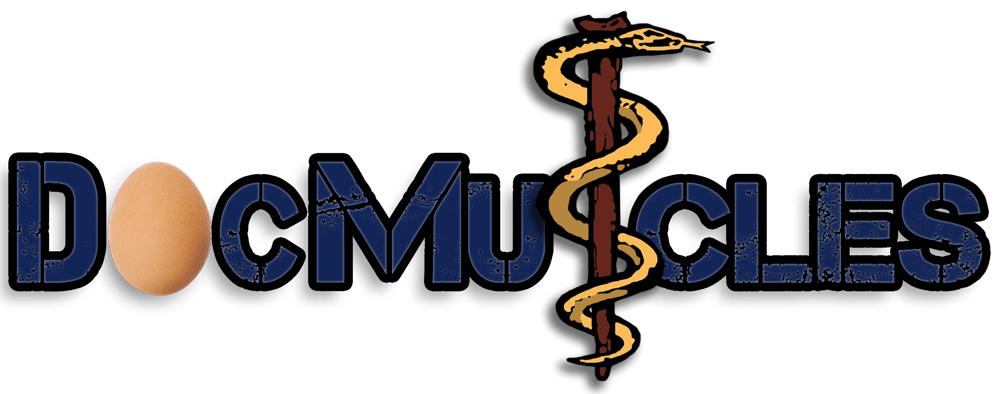
We have been taught for over 50 years that the minimum carbohydrate intake necessary to maintain health is 130 grams per day, with the average diet of 2000 calories per day containing around 300 grams per day based on 1977 recommendations that 55-60% of are dietary intake should come from carbohydrates. This value was initially established during World War II by a committee of scientists tasked with determining dietary changes that might effect national defense (1). These “guidelines,” originally called the Recommended Daily Allowances (RDA) and accepted by many as the gospel truth, have been modified every ten years and in 1997 changed to the Dietary Reference Intake (DRI). However, the recommended carbohydrate values have not changed other than “avoiding added sugars” in the most recent 2015 recommendations.
In light of the fact that there are NO actual diseases caused by lack of carbohydrate intake, most dietitians and physicians still preach the carbohydrate dogma originally outlined by the RDA. I say dogma, because these recommendations are based on a diet that vilifies fat, particularly animal fat like red meat. Say the words “red meat” around a dietician these days you’d think Voldemort (“He Who Shall Not Be Named”) had returned.
I bring up the carbohydrate quandary because it is a question that I am asked every single day. The question that seems to be asked of me, more and more, is what exactly is a carbohydrate?
Let’s make it simple. There are really only three types of carbohydrates:
- Sugar
- Starch (known as complex carbohydrates)
- Fiber
Let’s start with Sugar. The simple form of carbohydrates, and the form that spikes your blood sugar and insulin rapidly, are called mono-saccharides (glucose, galactose, fructose & xylose). When two of these mono-saccharides are bound together they form disaccharides like sucrose, also known as “table sugar” (glucose + fructose), lactose found in milk (glucose + galactose), and maltose found in cereals and sweet potatoes (glucose + glucose).

The simple monosaccharides or disaccharides are easy broken into their mono-saccharide form in the blood stream and require the body to produce insulin to be used. The person with insulin resistance, impaired fasting glucose or type II diabetes often produces 2-10 times the normal amount of insulin to correctly use these mono-saccharides (see why this is a problem in: The Dreaded Seven: Seven Detrimental Things Caused By High Insulin Levels). Remember, fruit is also simple sugar containing the mono-saccharide fructose . . . which we call “natures candy” in my office.

“Yea, I know sugar is bad for me, but Dr. Nally, I just eat the good starches.”
If I had a nickel for every time I’ve herd that phrase . . .
We’ve become comfortable with shunning fat and “simple sugar,” but in the process we’ve been eating more “good starch.” But the “good starches” are also saccharides – just in longer chains of more than three glucose molecules bound together. Our gut easily breaks the bonds between the glucose links and turns these starches into mono-saccharides to be used as fuel. It takes a bit longer than the simple sugars above, so the release of insulin is slower (which is why it has a better glycemic index score), but whether you produce the insulin in the first hour or the second hour after eating it, insulin is still insulin. In the case of insulin resistance, the damage is still done.
These good starches make up “comfort food” like bread, rice, pasta, potatoes, corn, grains & oats. To the patient with insulin resistance, impaired fasting glucose or type II diabetes, the higher insulin response stimulates increased weight gain, rise in cholesterol, shift in hormone function and progression of atherosclerosis (vascular and heart disease). See the recent article on Why Your Oatmeal is Killing Your Libedo.
What about “resistance starches?” These are still starches and I am finding clinically that they still cause a rise in insulin and push people out of ketosis (See Common Ketosis Killers).
Finally, Fiber. Fiber is a carbohydrate, however, it is the indigestible part of the plant. Fiber has double bonds between the saccharides that human gastrointestinal tracts cannot digest. In most cases, fiber passes right through the intestines without being digested. It actually acts like a broom for your colon, helping the intestines to move nutrients through the system. This is why I recommend 1-2 leafy green salads a day for most patient’s following ketogenic diet. Fiber does help to promote bowel function.

Fruit, non-green vegetables, pasta, grains and breads do contain good sources of fiber, however, these foods also have absorbable starches making them problematic as noted above.
The take home message is this, the use of starch or simple carbohydrate will be problematic for weight loss, cholesterol control, blood sugar control or blood pressure control in a patient with insulin resistance.
Therefore, the ketogenic lifestyle truly begins at the end of your comfort zone.


Good point on indigestible fibre. It’s a pity more people don’t promote the benefits of it and end up missing out on the micronutrients that come with it.